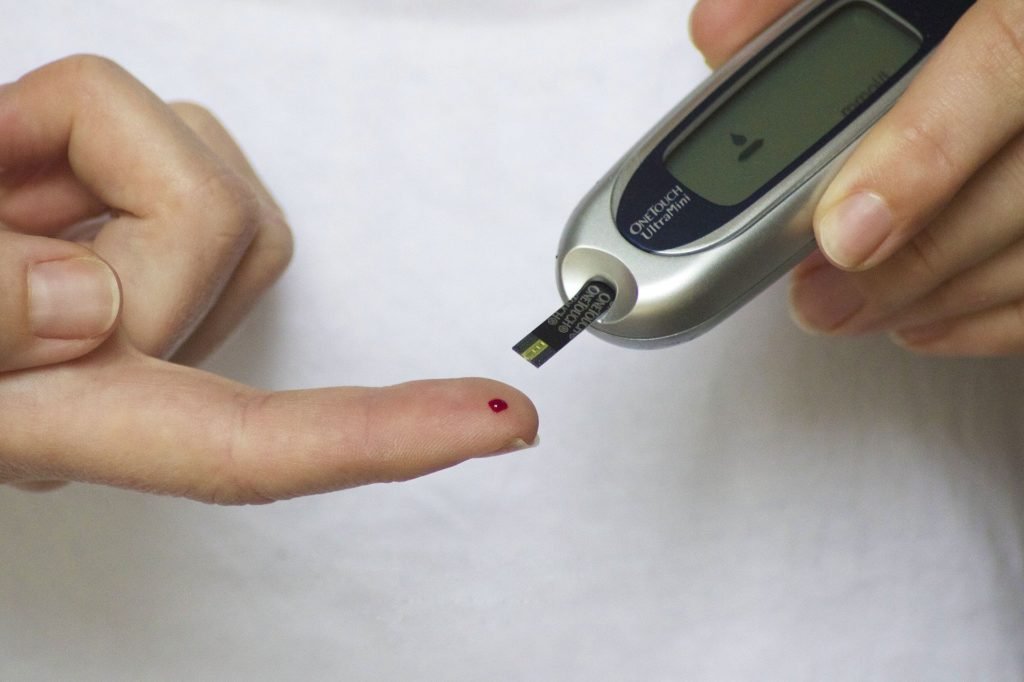Of the teeming human population in the world today, over 1 billion fall within the age bracket of 10 and 19. This figure is higher in the developing nations of the world than the advanced nations. The extent of sexual activity and pregnancy among young people(teenagers)is on the rise. And the consequences of such individual is tremendous both on the individual’s health and the society at large.
Pregnancy may be wanted or unwanted. Unwanted pregnancy is very common among teenagers and may endanger their health or reduce their chances of marriage, further education and future reproductive ability. Pregnancy in the teenager, even when wanted carriers far more risks to the mother and the child than pregnancy between ages 20 to 35 years.
No wonder death in association with pregnancy and child birth is more common in teenagers than in women in their 20s.The risks rise again after the age of 35 years! The very serious complication of pregnancy in young women include:
- Pregnancy induced high blood pressure(preeclampsia which may progress to convulsion).
- Iron deficiency anemia.
- Difficult labour.
- High perinatal mortality (death of baby within one week).
- Social problems.
- Psychological problems.
Preeclampsia
This is the first pregnancy which teenage pregnancy usually is. It may progress to convulsion(eclampsia)and can cause congestive heart failure or even stroke. The high growth rate among among teenagers, the beginning of menstruation and poor nutrition pres-disposes to anemia which is made worse by demands of pregnancy, leading to severe iron deficiency anemia associated with teenage pregnancy.
This is found in over 30 per cent of pregnant teenage girls in Africa. Severe anemia may lead to:
- Heart failure.
- Premature delivery.
- Death of mother.
- Death of baby.
- All of the above.
Because the pregnant teenager is also a growing child whose waist bones(pelvic) have not been fully developed to allow easy passage of the baby during labour, she is therefore likely to develop any of the following complication:
- Rupture of the womb (with subsequent infertility).
- Rupture of the bladder (with continuous drainage of urine).
- The baby born to teenage mother is also beset by numerous adversities including:
- Low birth weight (small for date)
- Prematurity.
- Neonatal mortality death of baby within 1’st 28 days.
- Infant mortality death of baby within the 1’st 12months.
- Abandonment.
Teenage pregnancy also has tremendous social and psychological consequences. It snuffs out the social, educational and personal development of women. Some may argue that early marriage and child-bearing brings respect in the rural society but the evidence for this is unconvincing. Worse still, if the pregnancy is unwanted, the social and psychological effects which, in few cases may entail rejection by the family are staggering for the young mother.
The control of the hazards posed by teenage pregnancy can be viewed from three broad perspective:
(1) Antenatal Care
When pregnancy has occurred, the young mother should
have good parental care. This will help to prevent some
medical hazards and also to anticipate and treat complications
when they occur.
(2) Legalized Abortion
This is a good possibility which space will not allow us to canvass further in this post.
(3) Sex Education
Pretentious moralist would want us to believe that sex should never be discussed or mention. Proper, informed and responsible counseling of our youths both privately by parents (if they know better) and by public and private organization will go a long way to reduce the incidence of teenage pregnancy and the attendant hazards.


